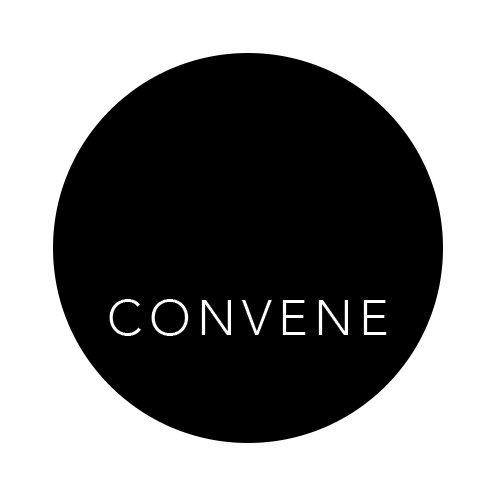Frame of Mind: Social Justice and Stubborn Optimism
Since the last Convene Circle just three months ago the extremes of cognitive dissonance I’ve been living have only increased.
And this astonishingly as we emerge from two years of a global pandemic that forced us to come face to face with the conflicting realities of Global South vaccine famine and Global North vaccine glut, COP26 self-congratulatory celebrations (especially from the finance world) while fossil fuel investment soars and revenues are hard to fathom. Closer to home: my own daily existence on a computer screen with the footless head-and-shoulder talking images all fighting to get into my rural solitude in central France seemed somehow disconnected from the broader reality.
I’m now back to urban living, and things seem almost alarmingly back to “business as usual.” We’re already looking forward to COP27 in Egypt and for some COVID is fading.
Nevertheless the promise of “build back better” seems worse than illusionary.
Complex Challenges Aren’t Going Anywhere
These past months have pushed the notion of inequities to the fore, whether for women and girls following the Taliban's recent blanket ruling on total head covering or the US Supreme Court’s threat to overturn hard-won abortion legislation. Whether regarding the immense impacts of the war in Ukraine and current global price rises on the very people worst affected by the Covid pandemic, or for these very same people this year’s extreme weather conditions already normalised - drought, fires, flooding. Oxfam’s 2022 publication timed for the recent World Economic Forum’s Davos gathering made for hard reading as did France’s l’Observetoir des Inegalités – putting 7% of the country’s population in the “rich” category with 3700€ revenue per month after tax.
Passionate about the power of deliberate dialogue and convinced that conversation on power and social justice are integral to the systems change so frequently talked about these days, I’m seeing a real dialogue gap. When talking about the “food system transition”, to take one example, I wonder: how much space are we genuinely giving to integrate what this means now and in the future for the very people concerned?
Integrating Justice in our Solution Pathways
The notion of a “just transition” is starting to make headlines. But we need to bring this into the heart of the conversation about the solution pathways policymakers, business leaders and civil society are starting to align on. Research is key, as IDDRI has demonstrated, integrating socio-economic and biophysical analysis in its scenario work, alongside the collaborative work of organisations such as the Just Rural Transition. The risk of demoting the “just” in transition to an afterthought can not be underestimated. The list of examples is long: the 2018 Gilets Jaunes movement triggered by the threat of a carbon tax on fuel; India’s 2020 farmers’ protest; Chile’s 2019-22 protests triggered by public transport fares, to name just three.
Looking forward with the stubborn optimism I’m known for, I've committed to explicitly integrating social justice through all the work of Convene, working alongside our Institutions Conveners and Dialoguers and insisting that any deliberate dialogue that aims for positive impact must clarify for whom and how such impacts will come about. This will have consequences on who we bring to the dialogue table, how we dialogue and ultimately where the dialogue lands.
- Amanda Harding, Leading Convene


